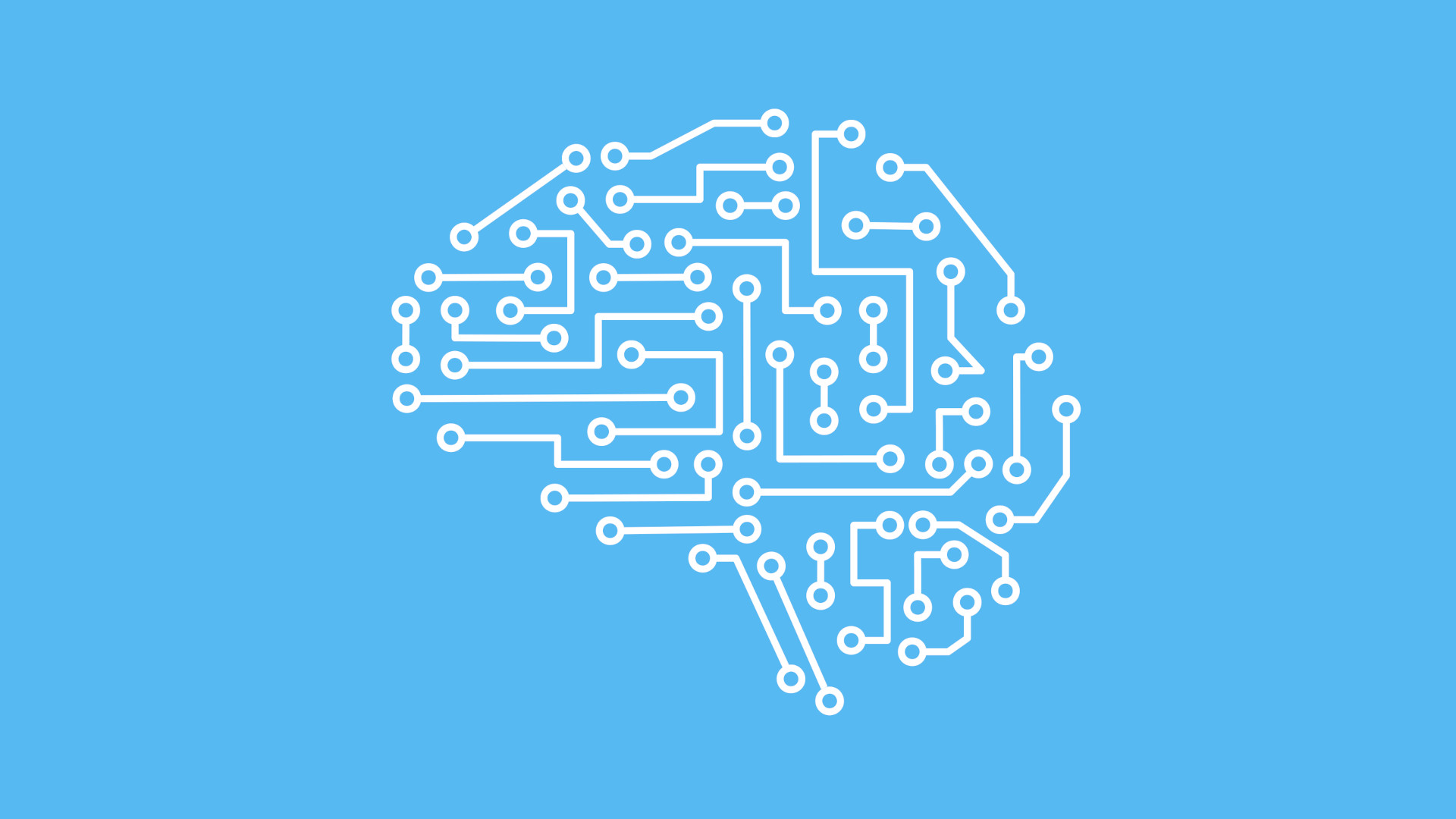
The Web And Our Attention
05 April 2018
The Internet has a weird influence on our attention. We decide the value of a web page, and whether it’s worth reading, in seconds. Ten to twenty seconds is the average amount of time people spend on a web page (assuming it loaded reasonably quickly; waiting for a page to load drives people away). We look in a very particular pattern when we visit a page to decide what it’s about and if it’s valuable to us. Studies have figured out how we behave and sites (and advertisers) are learning to tailor pages and ads to attract our attention and hold onto us for longer.
Not all of this is bad. Sites can use the research to improve how people actually read their content which makes our experience better. This saves us time and effort when browsing the web because we’re able to visually scan a page and, if the site is designed well, get the gist of it without reading the whole thing if we’re not interested or if we’re in a hurry. That’s important, since (as of 2013) about 38% of people never actually read or interact with a page and of those who do, some won’t scroll down. The longer an article is, the less likely people are to read the whole thing before leaving. Sites now know that in order to keep people’s attention, they need to get it fast and if they want to make a point, it needs to be done early on. Interestingly, the more literate someone is, the more likely they are to scan a page without reading it in full.
If every site was honest, that might not be a bad thing. However, not every site is. Many sites are tailored to keep our attention as long as possible in order to show us more ads or gather more information about us that they can sell (or use to show relevant ads). Others might take advantage of how people look at web pages to hide information in plain sight to lead those who don’t read the full article to an intentionally wrong conclusion. As an example, text centered or aligned right is often completely ignored or not seen (in left-to-right languages), and only 20% of people’s attention goes to anything that they had to scroll down to see (and of that, even less attention is paid to things aligned to the right side). Putting a retraction or information important to drawing the correct conclusion in those areas may be an effective way of hiding it.
Different site designs impact our attention in different ways. As such, it’s possible to manipulate a site’s design for a specific goal. In 2012, when Facebook introduced cover photos to pages and profiles, what we paid attention to on Facebook changed. Cover photos were looked at 100% of the time (and for the longest amount of time) while how much time people spent looking at posts from the person or brand dropped. Design changes for Google’s search results are more interesting (and, arguably, more important). In a small study (53 people), changes in Google’s search page design changed people’s focus from the top left of the page to a more even spread and dropped the time it took them to find a search result by a little less than half.
When it comes to search results, which many people online use multiple times a day, how and where our attention is focused on a page matters. Since the focus on a Google result page is no longer the first result, being the first result for a search doesn’t matter as much as it used to so sites may try to game their search ranking a little less. For other sites, optimizing to make us to see more of what they want us to and less of what they don’t is a big, profitable goal.
Capturing our attention and profiting from it is nothing new and companies have been doing it far longer than the Internet has existed. Using tricks to manipulate what we look at, especially when it comes to advertising or keeping our attention longer is increasingly common. Facebook, in particular, has basically admitted to being as addictive as it can be. The more addictive and attention grabbing a service is, the more it can show and the more data it can gather about the people looking at it. We’ve reached the point where the amount of data gathered is dangerous, with issues like the Cambridge Analytica scandal.
Data gathering aside—though important, it’s a side issue to this discussion—keeping our attention and curating what we see is a danger to our staying informed. Human psychology and behaviour when it comes to the Internet is an active field of study and its findings are being put to use. Social networks have no requirement to be neutral and the algorithms that power what they show have the biases of their creators built in. While the Internet gets better at holding our attention it also gets better at manipulating it in ways we don’t realize to modify our views and isolate us from things that matter—in order to hold our attention for longer.
• • •
Stay updated by email
or, grab the feed
Found something wrong? Get in touch.
More to See


Digital Native Does Not Mean Digitally Literate

Can the President of the United States be Deplatformed?
